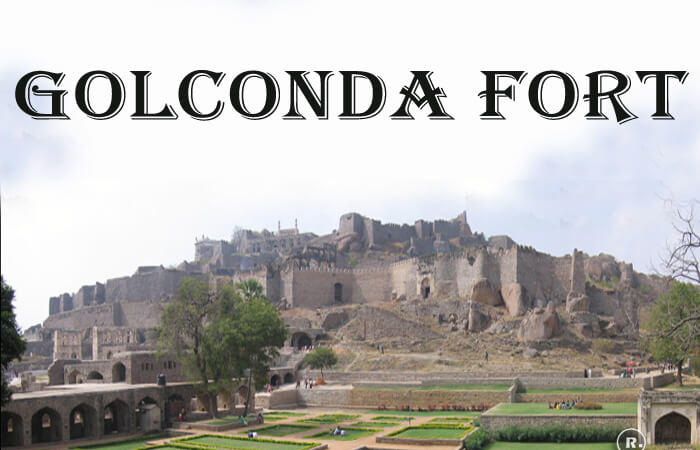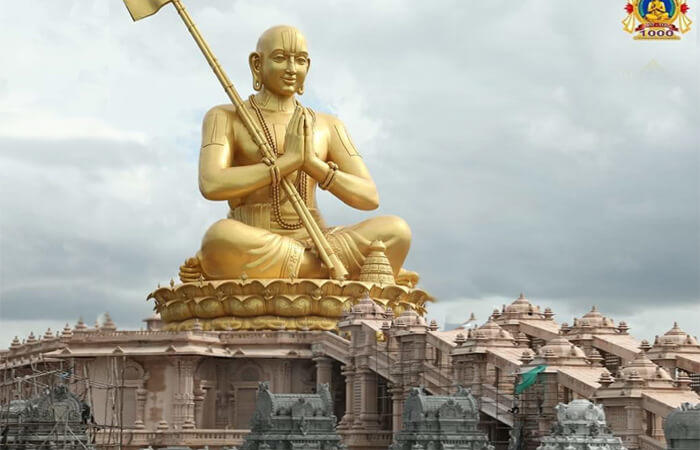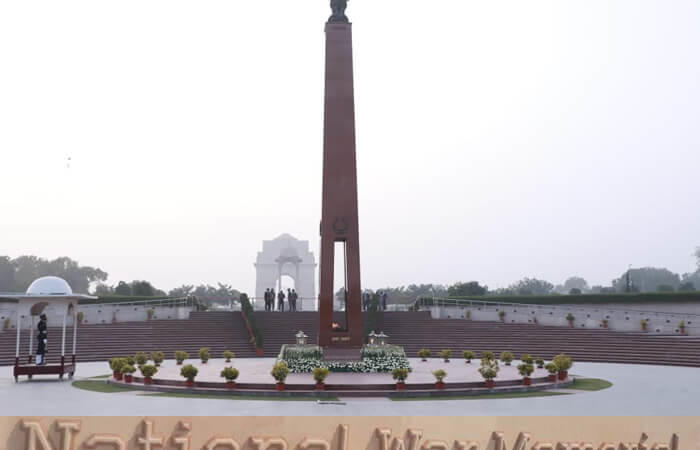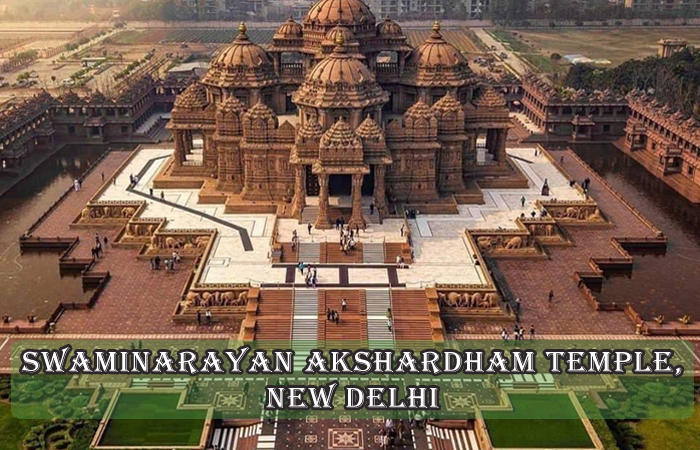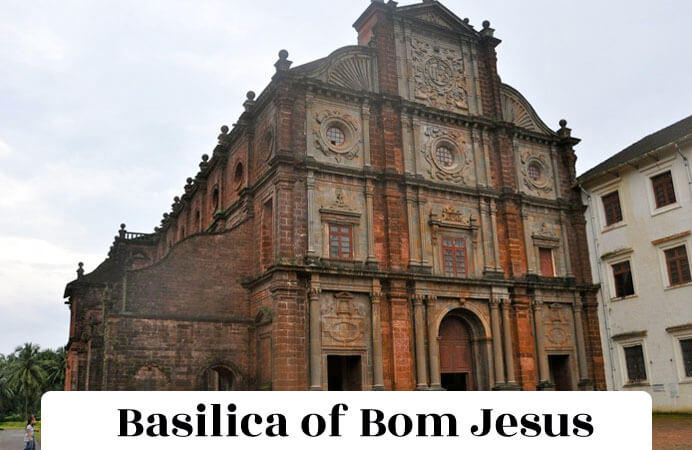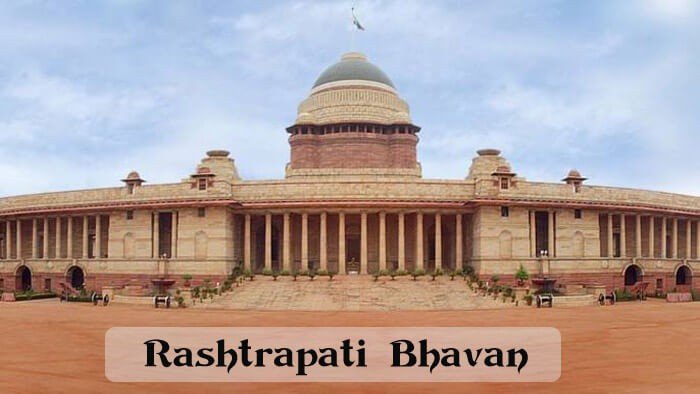Konark Sun Temple – Information, Facts, History
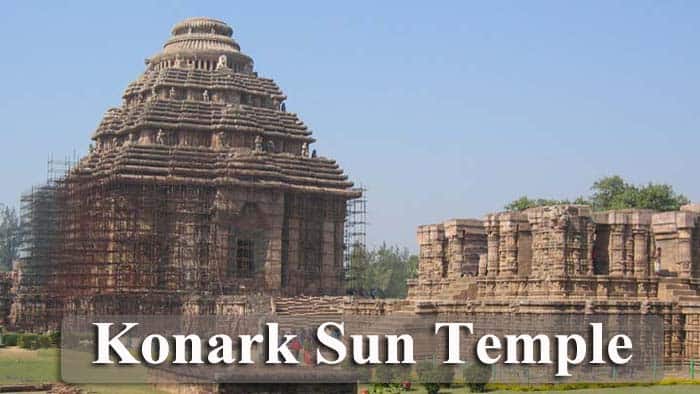
Konark Sun Temple or Konark Surya Mandir, also known as Surya Devalaya is a Sun temple located on the banks of the blue water-rich Chandrabhaga River, about 23 miles from the city of Puri in the state of Odisha. The temple is one of the ancient heritage of India and due to the grandeur of this temple, it is counted among the top 10 temples in the country.
This temple has been completely dedicated to the Sun God, hence the structure of this temple is designed as if 12 huge wheels are mounted in a chariot and 7 powerful big horses are pulling this chariot and the sun god on this chariot. The word Konark is made up of angle and extract, where angle means corner and extract means sun. That is the corner of the sun called Konark. Along the same lines, this temple is known as Konark Sun Temple.
History of Konark Sun Temple
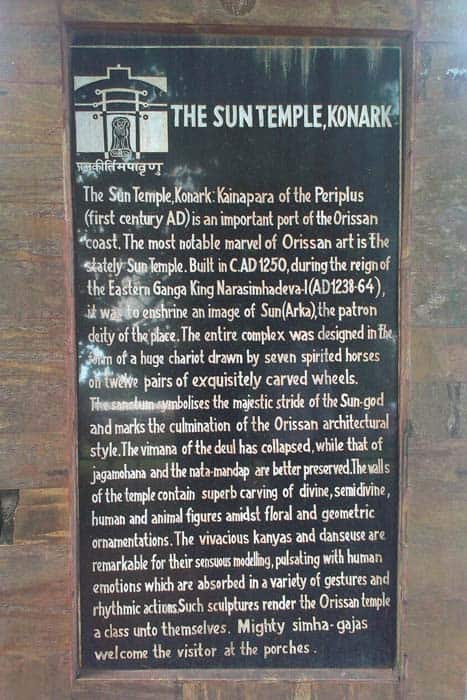
During the reign of Afghan ruler Mohammad Gauri in the 13th century, when Muslim rulers had conquered many states, including the northeastern states of India and the provinces of Bengal, no ruler could compete against these powerful Muslim rulers until that time. Did not come forward, then Hindu rule reached the verge of destruction and it was expected that the Hindu empire would end in Orissa too.
At the same time, with this situation, the ruler of the Ganga dynasty Narasimhadeva dared to fight the Muslim rulers and attacked them against the Muslim rulers with his clever policy to teach them a lesson.
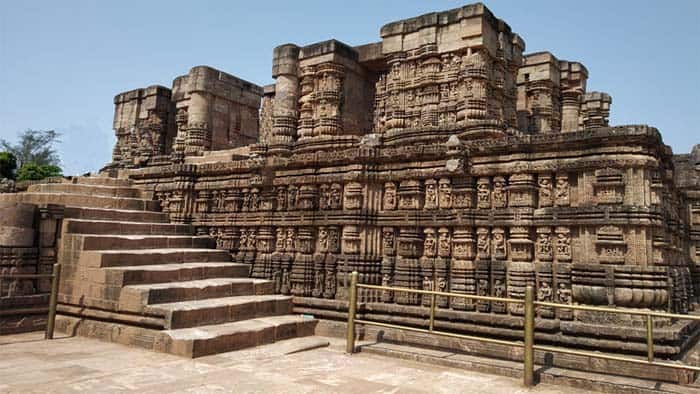
At the same time, Sultan Iltutmish was sitting on the talk of Delhi, after whose death Nasiruddin Mohammed was succeeded and Tugan Khan was appointed the Governor of Bengal. After this, there was a big battle between Narasimha Dev I and Tugan Khan in 1243 AD.
In this battle, Narasimha Dev won by defeating the Muslim army. Narasimha Dev was a great worshiper of Sun God, so he decided to build a Konark Sun Temple dedicated to Sun God in the joy of his victory.
The shape of this world-famous Konark Sun Temple is like a grand and huge chariot of God, with 24 chariot wheels and 6 horses are seen to lead. This sun temple located in Odisha looks very beautiful and grand.
Suggested Read: Odisha, Orissa – Culture and Tradition
Konark Sun Temple Architecture
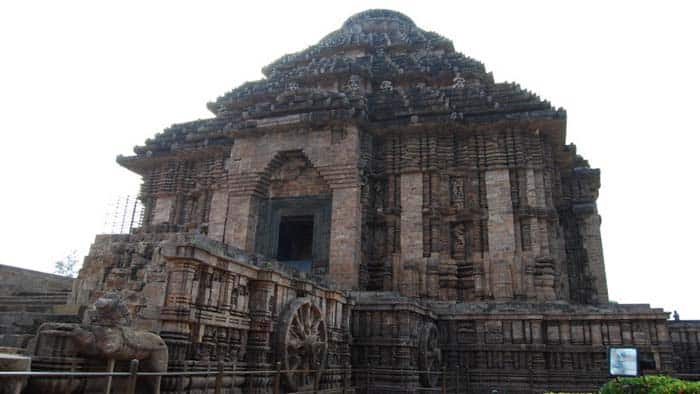
The Konark Sun Temple was built from stone in the form of a giant ornamented chariot dedicated to the Sun god, Surya. In Hindu, Vediciconography Surya is represented as rising in the east and traveling rapidly across the sky in a chariot drawn by seven horses. He is described typically as a resplendent standing person holding a lotus flower in both his hands, riding the chariot marshaled by the charioteer Aruna.
The seven horses are named after the seven meters of Sanskrit prosody: Gayatri, Brihati, Ushnih, Jagati, Trishtubha, Anushtubha, and Pankti. Typically seen flanking Surya are two females who represent the dawn goddesses, Usha and Pratyusha. The goddesses are shown to be shooting arrows, a symbol of their initiative in challenging darkness. The architecture is also symbolic, with the chariot’s twelve pairs of wheels corresponding to the 12 months of the Hindu calendar, each month paired into two cycles (Shukla and Krishna).

The Konark temple presents this iconography on a grand scale. It has 24 elaborately carved stone wheels which are nearly 12 feet (3.7 m) in diameter and are pulled by a set of seven horses. The huge chariot has 24 giant wheels symbolizing 24 hours of a day and 7 giant horses representing 7 days of a week. Each of these 24 wheels is 12 feet high and has eight spokes. When viewed from inland during the dawn and sunrise, the chariot-shaped temple appears to emerge from the depths of the blue sea carrying the sun.
Suggested Read: Interesting Mysteries Of Puri Jagannath Temple
The temple plan includes all the traditional elements of a Hindu temple set on a square plan. According to Kapila Vatsyayan, the ground plan, as well the layout of sculptures and reliefs, follow the square and circle geometry, forms found in Odisha temple design texts such as the Silpasarini. This mandala structure informs the plans of other Hindu temples in Odisha and elsewhere.
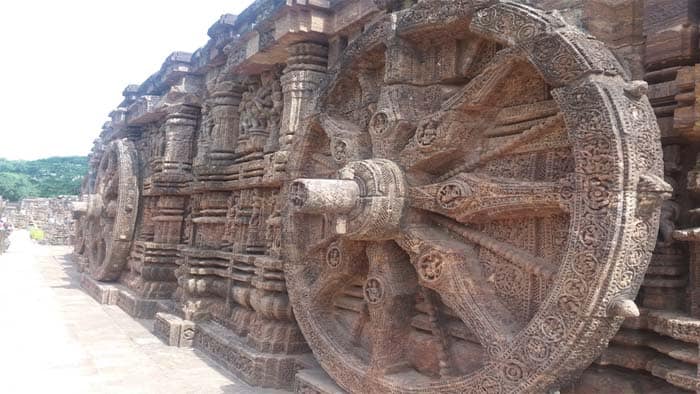
The upper levels and terrace of the Konark Sun temple contain larger and more significant works of art than the lower level. These include images of musicians and mythological narratives as well as sculptures of Hindu deities, including Durga in her Mahishasuramardini aspect killing the shape-shifting buffalo demon (Shaktism), Vishnu in his Jagannatha form (Vaishnavism), and Shiva as a (largely damaged) linga (Shaivism). Some of the better-preserved friezes and sculptures were removed and relocated to museums in Europe and major cities of India before 1940.
The Hindu deities are also depicted in other parts of the temple. For example, the medallions of the chariot wheels of the Surya temple, as well as the anuratha artwork of the jagamohana, show Vishnu, Shiva, Gajalakshmi, Parvati, Krishna, Narasimha, and other gods and goddesses. Also found on the jagamohana are sculptures of Vedic deities such as Indra, Agni, Kubera, Varuna, and Âdityas.
Suggested Read: Utkal Diwas / Odisha Day
Interesting Facts of Konark Sun Temple
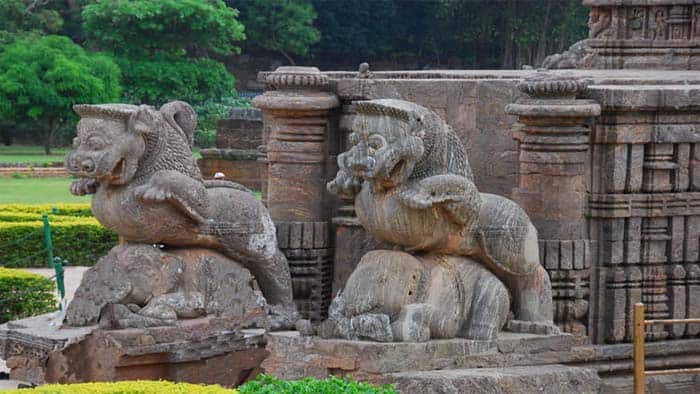
-
The temple 13 Great King Narasimhadeva first Ganga dynasty century was made.
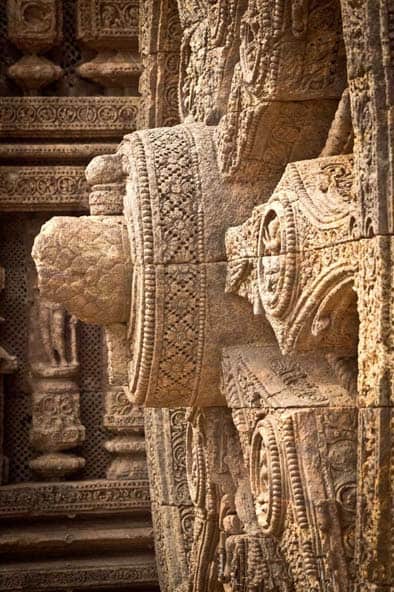
-
Its shape is similar to the giant chariot of the giant sun god, which has 12 pairs of wheels made with extravagant artistry. This chariot is shown pulling by seven horses.

-
The Konark Sun Temple is an accurate example of Kalinga architecture.
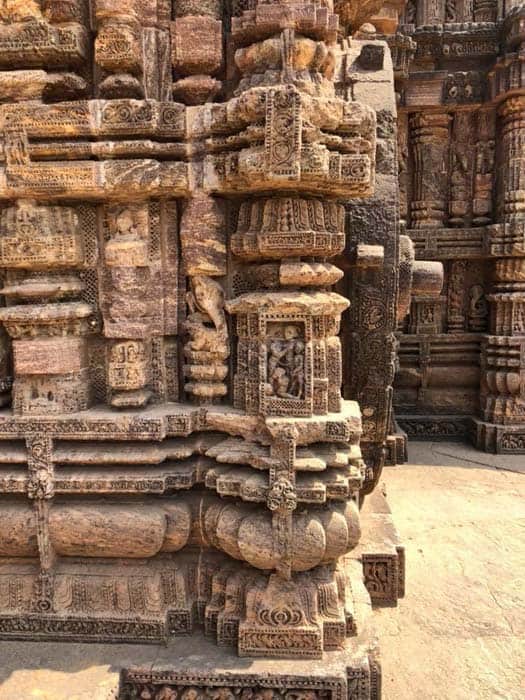
Suggested Read: Lord Jagannatha Ratha Yatra In Puri
-
It is near the beach. The natural beauty of the beach is seen here.
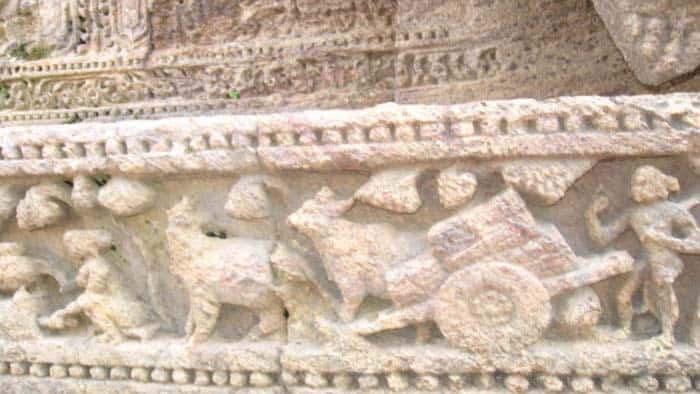
-
The state of Odisha is known for three great temples. These temples are called the Golden Triangle. There are two other temples within this triangle – Jagannath Temple of Puri and Lingaraja Temple of Bhubaneswar.
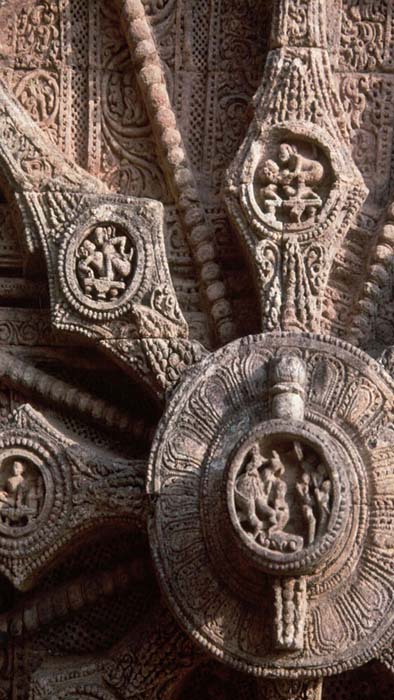
-
The color of the Konark temple is black. Hence it is also called Black Pagoda. It is to be noted that another name of Jagannath temple is also White Pagoda.
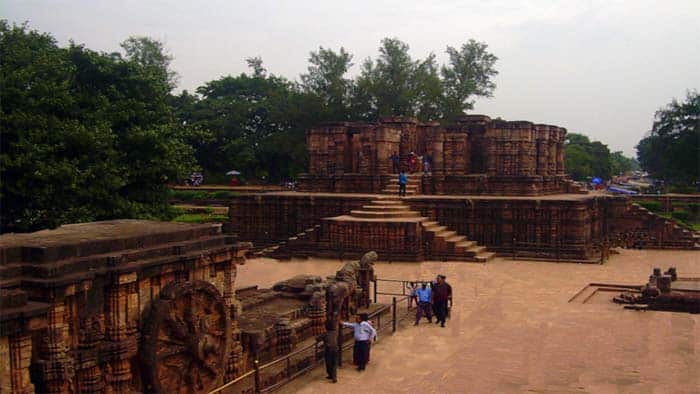
-
The Konark temple has been a landmark for sailors coming to Orissa by power.
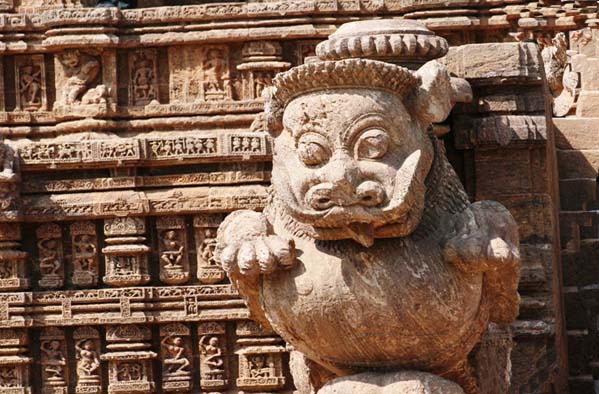
- Konark is also a big pilgrimage for Hindus, where people come to the Chandrabhaga fair every year in February.
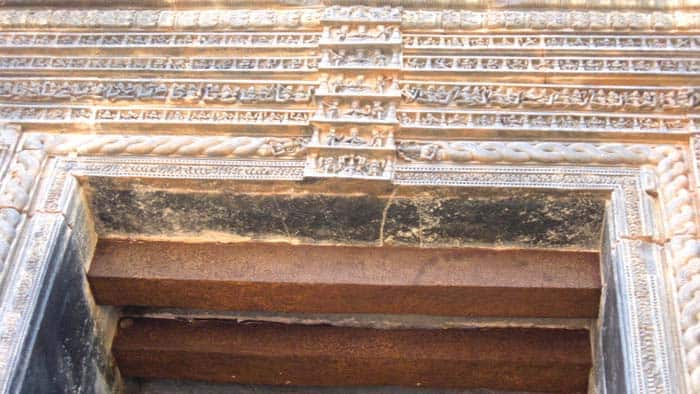
Suggested Read: Odissi
-
This temple was included in the list of World Heritage Sites by UNESCO in 1984 for its great architecture, fine artifacts, and abundant sculpture.
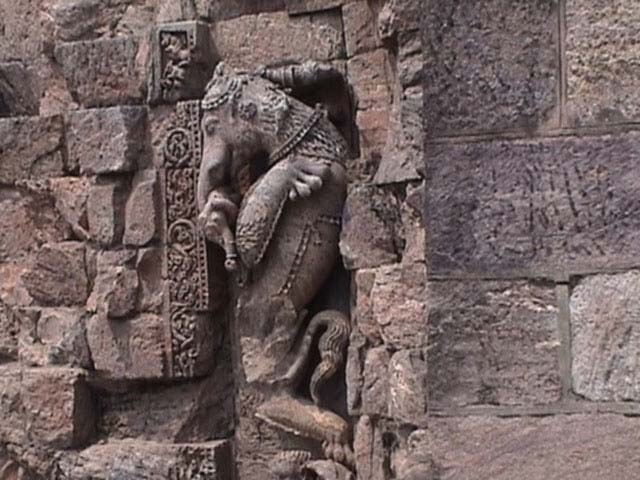
-
Ancient Monuments and Archaeological Sites and Remains Act, 1958 (Ancient Monuments and Archaeological Sites and Remains (AMASR) Act) and its regulations (by 1959), the temple National structure is preserved as (National Framework of India).
Konark Sun Temple in the UNESCO World Heritage List
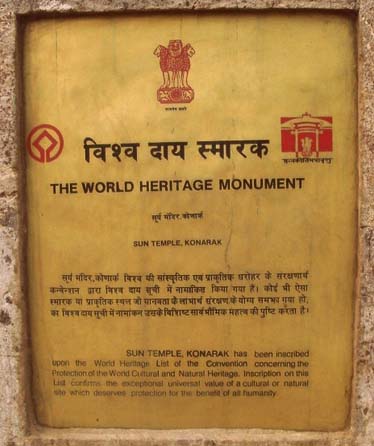
The Sun Temple, Konârak is protected under the National Framework of India by the Ancient Monuments and Archaeological Sites and Remains (AMASR) Act (1958) and its Rules (1959). It was declared a UNESCO world heritage site in 1984. Status of UNESCO world heritage site brings international recognition and potential tourism opportunities, thus necessitating stringent measures for the protection and preservation of historical monuments.
Suggested Read: Jagannath Puri
Konark Sun Temple motif is a feature on new Rs 10 note
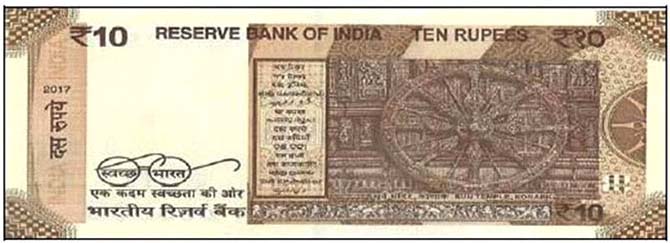
The new 10 Rupee notes introduced by the Reserve Bank of India (RBI) feature the motif of the chariot wheel of the famous Konark Sun Temple in Odisha. The motif replaces the earlier one, which depicted the fauna of India through a rhinoceros, an elephant, and a tiger. The chariot wheel of the famous Konark Sun Temple
represents a rich cultural heritage of Odisha.
How to reach Konark Sun Temple
The place is well connected by road with various state government busses avaliable from different cities or you can reach there by car. Konark has its own railway station. Regular trains run from major cities of the country. Bhubaneshwar is the nearest airport to Konark which is about 64km away from Konark Sun Temple.
Best time to visit Konark Sun Temple
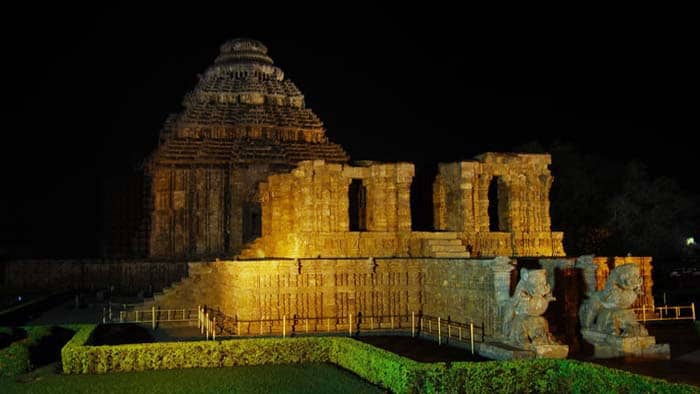
The best time to visit Konark Sun Temple is from September to March. After March Summers start when the temperature is between 40 to 43°C and monsoon is the time of cyclones in the area. Konark Dance Festival is held in December and Magh Mela is celebrated in January-February which is the best time to visit Sun Temple (a World Heritage Site) which was built in the 13th century, dedicated to the Sun God.

